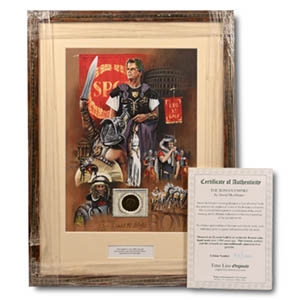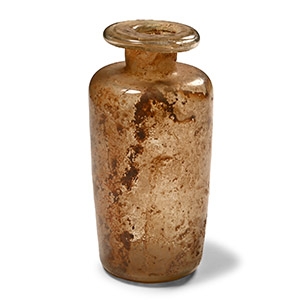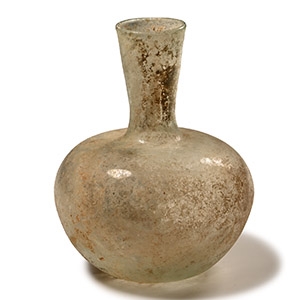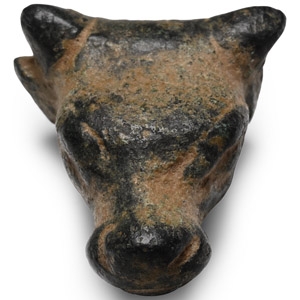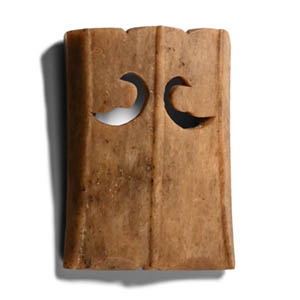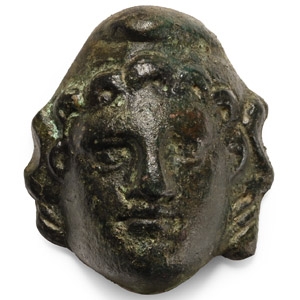Home > Auctions > 26 November - 1 December 2024
Ancient Art, Antiquities, Natural History & Coins
UK private collection before 2000.
Acquired on the UK art market.
Property of a London gentleman.
From a family collection mostly formed in the 1940s-1950s, thence by descent.
Francesc Cambó i Batlle (1876-1947) a prominent Spanish politician, art patron and philanthropist.
Gifted to his friend, the archaeologist Josep Gilbert i Buch.
Acquired from Gilbert's family by the present owner's grandfather in the early 1980s.
Private collection of a European noble.
Francesco Cambó i Batlle was a notable figure in early 20th-century Spain, best known for his role in politics as a leader of the Catalan nationalist movement and as a patron of the arts. He was a key benefactor of the Museo del Prado and left a significant legacy through his art collections. His deep connection to the cultural and artistic life of Spain makes items from his collection particularly valuable and historically significant.
Acquired 1980-2015.
Ex Abelita family collection.
Cf. Whitehouse, D., Roman Glass in the Corning Museum of Glass, vol.1, New York, 1997, item 259.
UK gallery, early 2000s.
Accompanied by a previous certificate of authenticity.
David McAllister's exciting design is a 'one of a kind' work that portrays the might and riches of the Roman civilisation. This limited edition print is a celebration of the award winning artist's lifetime dedication to historical paintings of the ancient world. To enhance appreciation of this rare and historic work, each individual print is signed and numbered by the artist.
From a family collection mostly formed in the 1940s-1950s, thence by descent.
See Harden, D.B. et al, Masterpieces of Glass, London, 1968, item 78, for type.
From a family collection mostly formed in the 1940s-1950s, thence by descent.
Cf. The Corning Museum of Glass, accession number 78.1.14, for similar.
From the collection of a gentleman, acquired on the London art market in the 1990s.
From a London, UK, collection, 1990s.
From a London, UK, collection, 1990s.
Cf. Miks, C., Studien zur Romischen Schwertbewaffnung in der Kaiserzeit, I-II Banden, Rahden, 2007, I, pls.261ff. esp.B1,1; B13 (58).
The box chapes were a clear category of scabbard closures for the 3rd century Roman swords. The shape of the chape was that of a high rectangle laterally closed by a flat border remembering a box; the sides enlarge in a bow shape on the lower part. Miks has divided the category in three variants, A-B-C, each of them divided into two sub-variants. They were mainly made of bone, although specimens in bronze (Corbridge, Aquincum) and iron (Kunzing, Dura Europos? This last very corroded) and even in silver (Hortbágy) survive.
Acquired 1980-2015.
Ex Abelita family collection.
Ex German art market, 2000s.
Acquired from an EU collector living in London.
From the collection of Surrey, UK, gentleman.
613 - 624 of 3419 LOTS

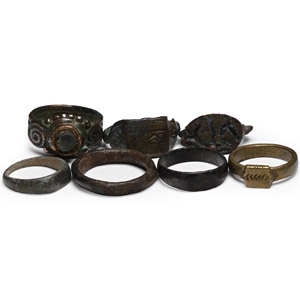
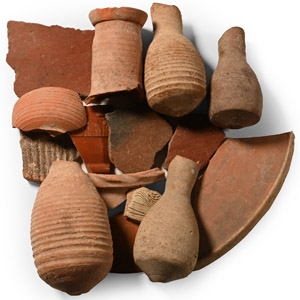

.jpg)
